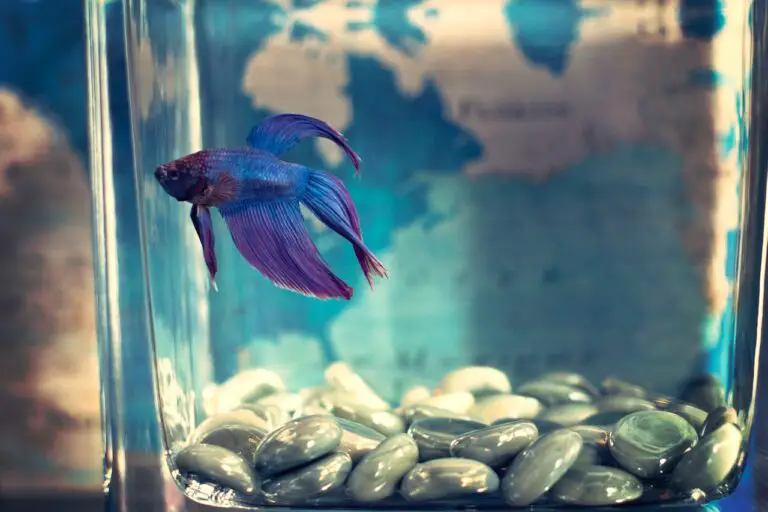Building Thriving Underwater Ecosystems for Aquatic Exotic Pets
Aquatic exotic pets offer a captivating and vibrant addition to any household or environment.
These beautiful creatures from beneath the waves can create a mesmerizing and tranquil atmosphere, bringing the wonders of the aquatic world closer to us.
However, it’s crucial to understand the concept of compatibility when considering different species of aquatic exotic pets.
In this article, we will explore the importance of compatibility factors, the selection of appropriate tank mates, and the potential challenges involved in maintaining a harmonious aquatic community.
Let’s dive in!
Key Takeaways:
- Compatibility is crucial for maintaining a harmonious aquatic community with different species of exotic aquatic pets.
- Factors such as size, temperament, and water parameters influence compatibility.
- Thorough research and understanding of species’ behaviors are essential when selecting compatible tank mates.
- Challenges in maintaining compatibility include aggression, territorial issues, predatory behaviors, and disease transmission.
- Creating a thriving underwater ecosystem requires proper tank setup, hiding places, balanced feeding, water quality monitoring, and regular observation.
- Key considerations include providing sufficient space, reducing stress, and ensuring the well-being of all species involved.
Understanding Compatibility in Aquatic Exotic Pets
When it comes to keeping aquatic exotic pets, compatibility is crucial for maintaining a harmonious environment.
Compatibility refers to the ability of different species to coexist peacefully in the same tank without causing harm to one another.
It ensures the well-being and longevity of all the inhabitants in the underwater ecosystem.
Factors Affecting Compatibility
1. Size and Space Requirements
- Consider the size of each species and the space they need to thrive.
- Some species may require larger tanks or specific swimming areas, while others may need vertical hiding spaces or ample territory.
2. Temperament and Aggression Levels
- The temperament and aggression levels of aquatic exotic pets vary greatly.
- Some species are more docile and peaceful, while others are territorial or prone to aggression.
- Understanding these behaviors is essential to avoid conflicts and stress within the tank.
3. Water Parameters and Environmental Needs
- Different species have specific water parameter requirements, such as temperature, pH level, and salinity.
- Compatibility is influenced by the ability to provide optimal conditions for all species involved.
Selecting Compatible Tank Mates
To create a harmonious aquatic community, thorough research is necessary when selecting tank mates.
Consider the following steps:
1. Researching Species Compatibility
- Before introducing new species, research their compatibility with existing tank inhabitants.
- Some combinations work well, while others can lead to aggression, predation, or stress.
- Consult reputable sources, online forums, or experienced aquatic pet enthusiasts for guidance.
2. Grouping Compatible Species
- Grouping species with similar environmental requirements and temperaments promotes compatibility.
- For example, schooling fish tend to thrive when kept together, while solitary species may exhibit territorial behavior when sharing their space.
Consider the following factors when grouping:
-
- Water parameters (temperature, pH, salinity)
- Dietary preferences and requirements
- Social behaviors and hierarchy
3. Compatibility Considerations for Specific Types of Aquatic Pets
Different types of aquatic pets have distinct compatibility considerations.
Here are some examples:
Fish:
-
- Consider species that share similar water parameters, diet, and aggression levels.
- Some species may form natural symbiotic relationships, such as cleaner fish and larger predatory fish.
Invertebrates:
-
- Some invertebrates may be compatible with certain fish species but not with others.
- Research their specific requirements and potential interactions.
Reptiles and Amphibians:
-
- Compatibility factors include temperature, humidity, and the presence of other species that may act as stressors.
- Due to their specific needs and behaviors, some reptiles and amphibians may require separate tanks.
Potential Challenges in Maintaining Compatibility
Despite careful selection, challenges may arise in maintaining compatibility within an aquatic community. 4These challenges can include:
1. Aggression and Territory Issues
- Territorial disputes and aggression may occur, especially during mating or breeding seasons.
- Some species may become overly dominant, leading to stress or harm to others.
- Provide ample hiding places and territorial boundaries to minimize aggression.
2. Predatory Behaviors
- Predatory species may see smaller tank mates as potential prey.
- Understanding the natural behaviors and predatory tendencies of each species is vital to prevent harm.
- Avoid keeping species with significantly different sizes or those that exhibit aggressive feeding behaviors together.
3. Disease and Parasite Transmission
- Compatibility affects the spread of diseases and parasites among tank mates.
- Introducing sick or infected individuals can jeopardize the health of the entire aquatic community.
- Quarantine new additions before introducing them to the main tank to prevent the spread of potential illnesses.
Creating a Thriving Underwater Ecosystem
To maintain a thriving underwater ecosystem, consider the following:
1. Proper Tank Setup and Maintenance
- Ensure your tank meets the requirements of all species involved.
- Provide appropriate filtration, heating, lighting, and water circulation.
- Perform regular water changes and maintain optimal water parameters.
- Follow a consistent maintenance routine to keep the tank clean and healthy.
2. Providing Sufficient Hiding Places
- Offer plenty of hiding places, such as caves, rocks, or plants, to create territorial boundaries and reduce stress.
- Hiding spots also serve as retreats for shy or threatened species.
- Add decorations and structures that mimic the natural habitats of the species in your tank.
3. Balanced Feeding and Nutrition
- Provide a well-balanced diet that meets the nutritional needs of all species in the tank.
- Different species may have varying dietary requirements, so research and cater to each one accordingly.
- Offer a mix of high-quality commercial foods, live or frozen foods, and occasional treats to ensure a varied diet.
4. Monitoring Water Quality
- Regularly test and monitor water parameters to ensure optimal conditions for all aquatic pets.
- Maintain appropriate temperature, pH, ammonia, nitrite, and nitrate levels.
- Use reliable test kits and make adjustments as necessary to prevent water quality issues.
5. Regular Observation and Intervention
- Observe the behavior of tank mates regularly to identify any signs of stress, aggression, or illness.
- Address any issues promptly to prevent further complications.
- Consult with aquatic pet experts or veterinarians if needed.
Conclusion
Understanding compatibility is essential for creating a thriving underwater ecosystem with aquatic exotic pets.
By considering factors such as size, temperament, and environmental needs, and by selecting appropriate tank mates, enthusiasts can create a harmonious community that promotes the well-being of all species involved.
Remember, maintaining compatibility requires ongoing observation, care, and intervention to ensure the long-term success of your aquatic pets.
FAQs
Can I keep different species of aquatic pets together in the same tank?
Yes, but it’s crucial to research and select compatible species to avoid conflicts and promote harmony within the tank.
How can I prevent aggression among tank mates?
Providing ample hiding places, territory boundaries, and monitoring the behavior of each species can help prevent aggression.
What should I do if I notice signs of stress or illness in my aquatic pets?
Promptly separate the affected individual and seek advice from a knowledgeable aquatic pet professional or veterinarian.
Do all aquatic pets require the same water parameters?
No, each species has specific water parameter requirements.
Researching and catering to their needs is vital for their well-being.
Where can I find more information about aquatic exotic pets and compatibility?
For more information, consult reputable aquatic pet resources, books, or seek guidance from experienced aquatic pet enthusiasts.
Peter Stones is the founder of Exotic Pets Place, the leading online resource for exotic pet care information.
With over 10 years of hands-on exotic pet ownership experience, he is deeply passionate about sharing his expertise to help others properly care for their unusual pets.
When he's not writing extensively researched articles or connecting with fellow exotic pet enthusiasts worldwide, you can find Peter at home tending to his own beloved menagerie of exotic animals.

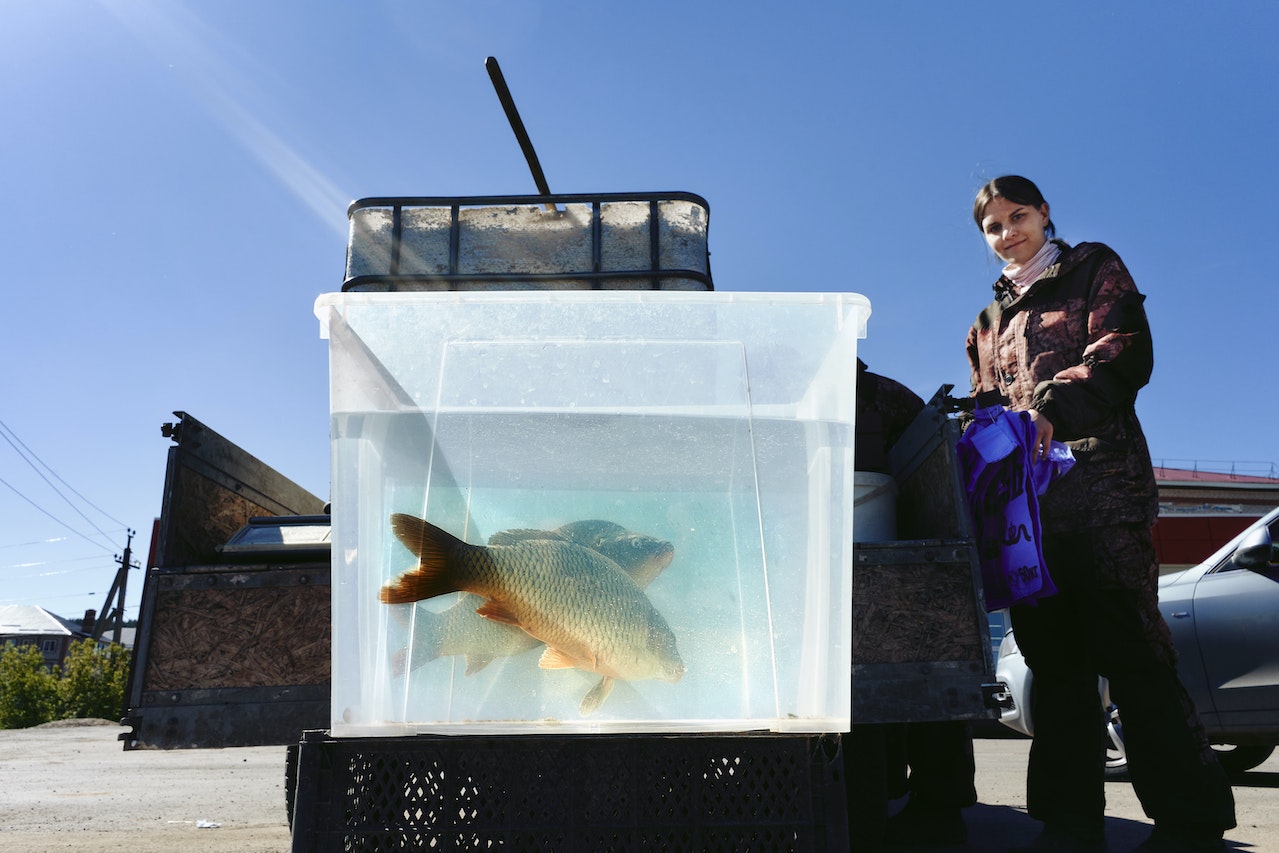
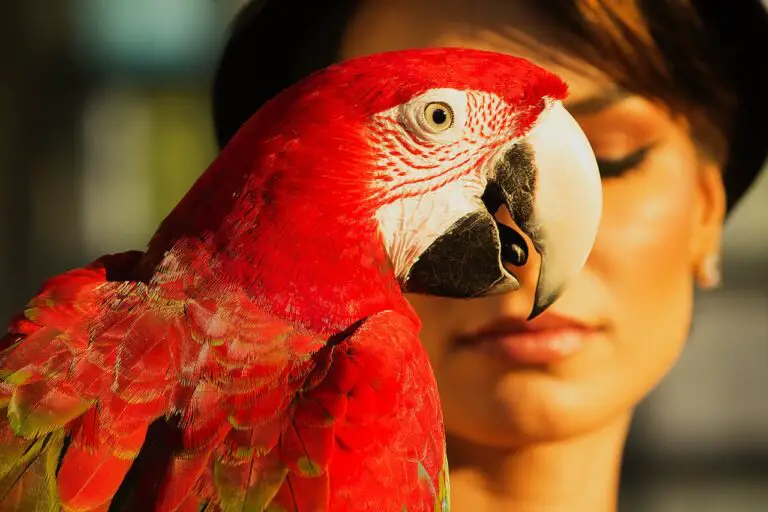
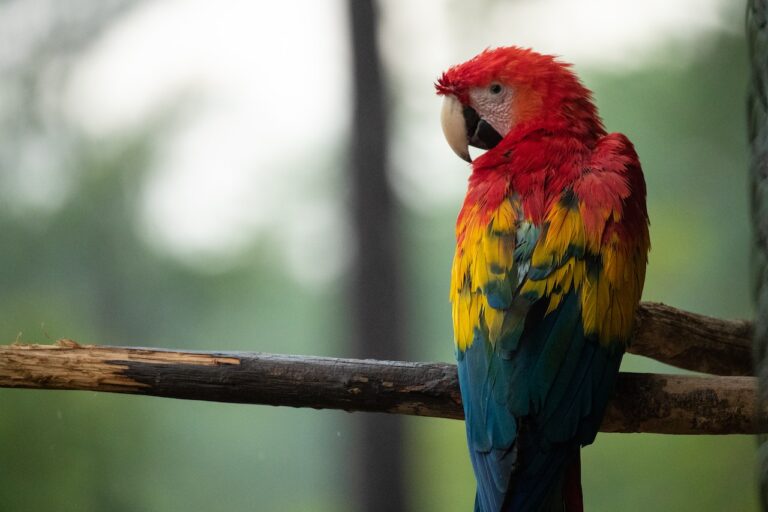
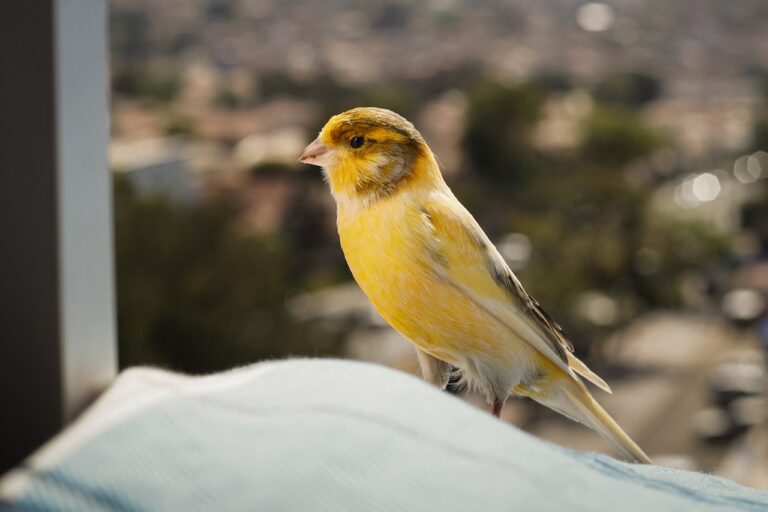

![Aquatic Exotic Pet Care Tips Essential Guide [+ Common Issues], two people caring for fish](https://exoticpetsplace.com/wp-content/uploads/2023/06/Aquatic-Exotic-Pet-Care-Tips-Essential-Guide-Common-Issues-two-people-caring-for-fish-768x512.jpg)
